This is the idea of authentication of my system. When user trying to access the dashboard of my system. My system will perform a canActivate method form the AuthGuard to check whether the user bring oauth token together with him.
If the user is not bringing the token together token === null, my system will redirect the user to external authentication server (identity server) login page. Once the user successfully login at the identity server, the identity server will send the JWT token back to the my system.
My question is, how the identity server will send the token back to my system and how my system gonna receive it?
For every tutorial and question that i found when Googled, they are use call the API to perform the authentication. They never redirect the user to other external identity server to perform authentication.
Project flow and problem
I am not hoping someone to write a code for me. Just any article, tutorial, documentation on how to achieve this kind of flow are greatly appreciated.
